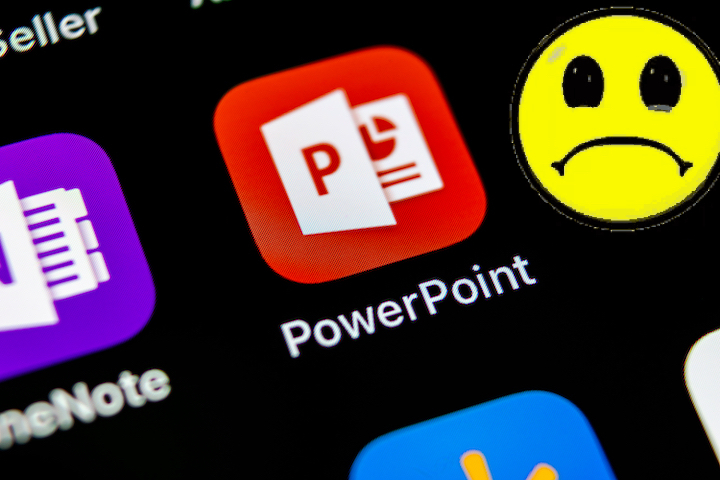Last week I wrote about the fact that attorneys are often reluctant to make a PowerPoint presentation at mediation, for fear that they will give away too much information. At the same time, as a mediator, I have personally witnessed the power that a presentation can have; I have seen situations where an effective PowerPoint presentation changed the settlement number (up or down). This week I will answer three questions:
1. When should you use a PowerPoint at mediation?
2. Can you reveal too much in your PowerPoint?
3. How do you avoid revealing too much?
When Should You Use a PowerPoint at Mediation?
The answer is deceptively simple. You should use a PowerPoint when it will help you persuade the other side that your side of the case has merit. One of the most powerful ways to persuade someone is to show them you are right, which can take many forms. You might use a PowerPoint, bring the product that you allege is defective, print out key pages from depositions, or bring pictures of the wrecked car. How you show you are right depends on what evidence is available to you and the point you want to make. If the best format is PowerPoint, use it. PowerPoint is particularly effective when you want to show excerpts from lengthy documents, photos of items too bulky to bring to mediation, video clips (e.g., security video from the incident, or key deposition excerpts), or when you want to work your way through a substantial amount of evidence quickly.
Can You Give Away Too Much In Your PowerPoint?
Yes, you can overdo it when you are making a PowerPoint. Before I learned that lesson, I had a bad experience using a PowerPoint at mediation in one of my own cases. We had a very strong case, and the defendant had requested mediation. I spent hours preparing a gorgeous PowerPoint, convinced the case would end on the day of mediation. But when we arrived that morning, we learned that “something had just come up,” so the adjuster would not be able to make it after all. She would be available by phone only.I debated whether to even show my PowerPoint, but plunged ahead, figuring that the work I had put in would be wasted if it never saw the light of day. The defense lawyer clearly had given no thought whatsoever to what he would say, and as the day wore on it became apparent that the defendant was not seriously interested in settling the case. When the adjuster asked me to email her my PowerPoint, I put my foot down. Like most lawyers, I am a little obsessed with secrecy, and I felt vaguely violated, like I had revealed too much already.How Much is Too Much?
I am a big believer in saving some of your ammunition for trial. Most mediations are successful, but not all. For those cases that do wind up at trial, you want to have a few surprises up your sleeve. But you can keep your surprises and use a PowerPoint, if you do it the right way.
How Do You Avoid Revealing Too Much in Your Presentation?
PowerPoint seems risky because we tend to think in terms of presenting our entire case. Instead, try these tips.
1. Keep your PowerPoint very factual.
Use your presentation to convey raw information, stripped of the work product you will wrap it in at trial. True, the evidence you select, the order in which you present it, and the way you present it, are all part of your work product. But at least the information itself is not new.
2. Leave out emotional content.
Save any emotional content for the jury. Not only will you be able to keep your jury appeal plan under wraps, you probably will find the mediation proceeds better, anyway.
3. Keep your theme under wraps.
The other side is paid to be — well, the other side. Nothing you say will move them to your side of the chessboard. Accordingly, you should keep the persuasive parts of your trial prep — like the theme — to yourself.
4. Focus on the parts of the case that are at issue, not on presenting the entire case as you will at trial.
Since the other side will never be on your side, you are free to focus on just the parts of the case that affect whether one side should pay the other, and how much. You do not need to put the entire case into a neat package, like you will at trial. As long as you don’t overdo it, a great PowerPoint can change the outcome of the mediation.

